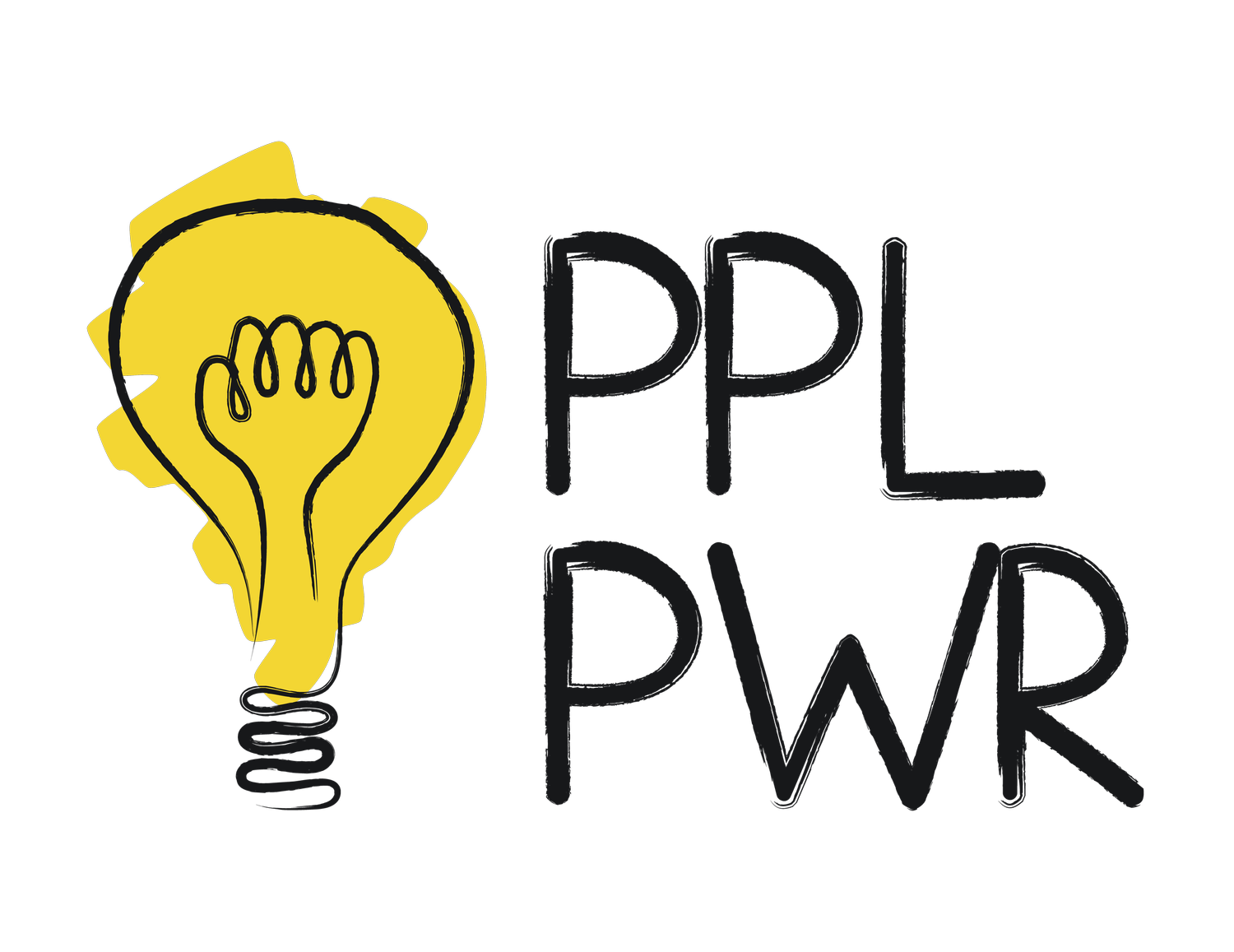Branch into STEM: Bridging the Gender Gap in STEM Education
February 11, 2023 marked the 8th International Day of Women and Girls in Science (IDWGIS), an observance day established by the United Nations General Assembly to help promote gender equality in science.
Photo credit: OMEP World
The annual event aims to celebrate the achievements of women in science, technology, engineering, and maths (STEM) while also addressing the gender disparity in STEM academia and industry.
On February 10, the 8th IDWGIS Assembly was held at the United Nations Headquarters in New York City, attended by representatives from over 160 member states.
UN Secretary-General António Guterres said, ‘We can all do our part to unleash our world’s enormous untapped talent—starting with filling classrooms, laboratories, and boardrooms with women scientists.’
According to UCAS data provided by the Higher Education Statistics Agency (HESA), only 35% of STEM students in higher education are women, while the number of female STEM graduates has stagnated at 26%. This has resulted in women accounting for a mere 29% of the UK’s STEM workforce.
The Advanced Mathematics Support Programme (AMSP) identified cognitive bias as one of the main factors influencing the decisions girls make about the subjects they choose to study in school.
The AMSP highlights the importance of providing girls with positive role models and mentors to increase girls’ engagement, retention, and achievement in STEM subjects, helping to close the gender gap in STEM education.
Research by Microsoft found that the number of girls interested in STEM almost doubles when they are presented with female role models compared to when they are not. By demonstrating how others have succeeded by pursuing STEM subjects, girls are more likely to be encouraged to follow a similar career pathway.
Role models can also improve girls’ self-perception, as female figures who actively dispel gender stereotypes help to break the barrier of lack of representation, building a foundation that inspires girls to participate in STEM fields.
As well as exposure to strong female role models, overcoming the gender biases in STEM education is dependent on curriculum reform.
A survey commissioned by the social enterprise Stemettes and supported by the British Science Association (BSA) found that one in three young people across the UK have not or cannot recall being taught about a female scientist in the past two years.
Not only does this do a disservice to the women past and present who have made strides in STEM, but it also narrows the worldview of students who are not learning of the female pioneers in STEM—women who are role models for the next generation of scientists, engineers, and mathematicians.
To raise awareness of women in STEM and to mark their 10th anniversary, Stemettes planned a procession over Waterloo Bridge, also known as the Ladies’ Bridge.
The event was organised in honour of the women involved in the construction of the bridge during World War II who have been overlooked by the history books, and more broadly to draw attention to the underrepresentation of women in the GCSE and A level curricula.
Highlighting the importance of challenging negative stereotypes about girls’ competencies in STEM, BSA Chief Executive Hannah Russell said, “All young people, especially those who are traditionally underrepresented in science such as girls, should be given the opportunity to learn about the diverse people and careers in STEM.
“This will help to challenge unhelpful stereotypes, raise young people’s STEM aspirations, and show them that science is for everyone—regardless of your background.”
Sharing the stories of women who have made valuable contributions to the STEM community is essential to empowering young girls to branch out into the weird and wonderful world of STEM.
Click here to check out Stemette’s 2023 programme of events and find out how you can unlock the potential of future generations of women in STEM.


